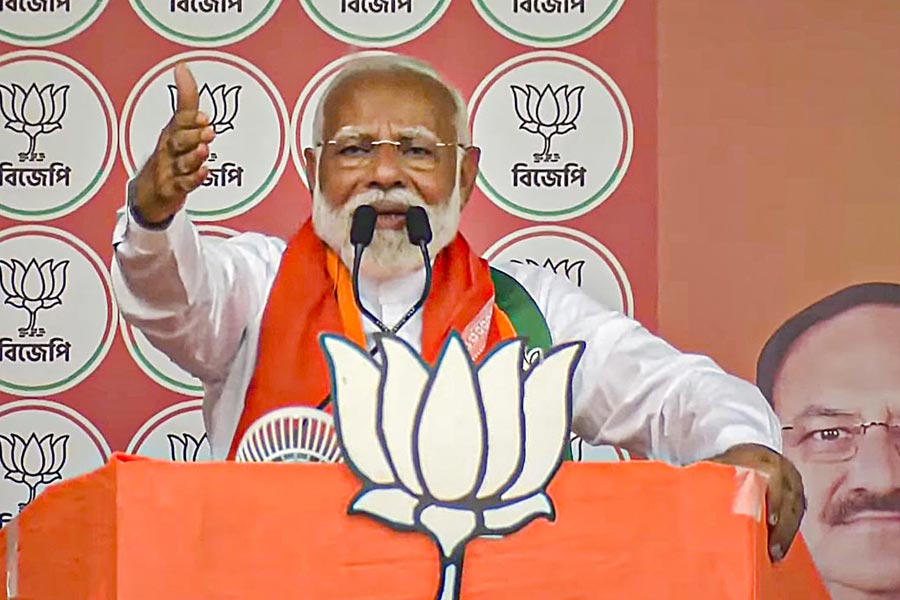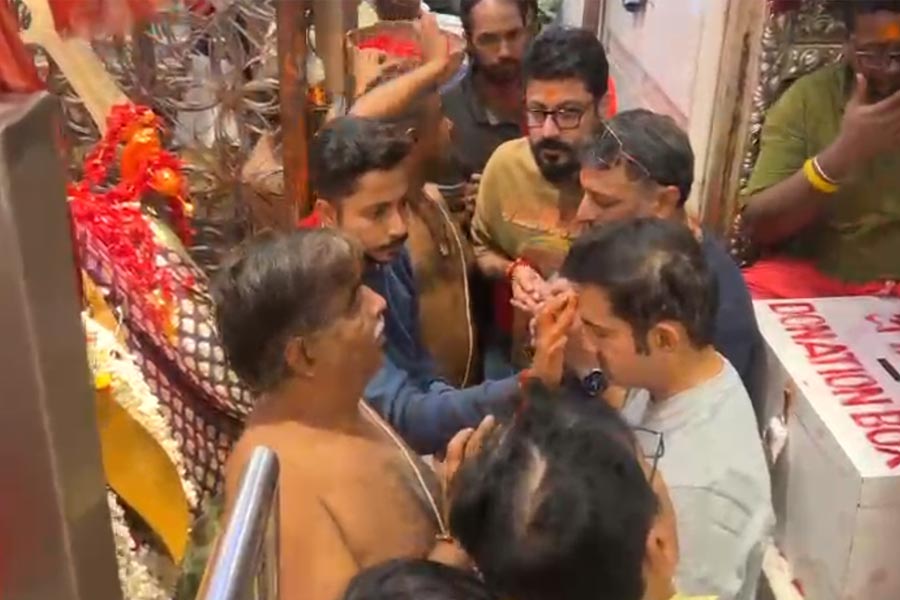Polling in India’s longest election since 1952 ends on Saturday, kicking off the countdown to the outcome of a vote that many in the country and abroad believe is crucial to the future of Indian democracy.
While the results can be known only on Tuesday, private pollsters will be allowed to release exit poll results after 6.30pm on Saturday.
Over 10 crore people will be eligible to vote in 57 seats across seven states and one Union Territory on Saturday. Forty-two Assembly seats in Odisha too will vote as part of state elections.
Of these 57 seats, the BJP won only 25 in 2019, with the Congress picking up eight and the Trinamool Congress, nine.
Spread over seven phases and 44 days amid a heat wave in swathes of the country, this election has been shorter only than India’s first general election in 1952, which stretched four months.
Among the key seats voting on Saturday are Prime Minister Narendra Modi’s constituency of Varanasi and Diamond Harbour near Calcutta, where Trinamool Congress national general secretary Abhishek Banerjee is in the fray.

This general election saw a new Congress-led Opposition grouping — the Indian National Developmental Inclusive Alliance of 37 parties — take on the 41-party National Democratic Alliance led by the ruling BJP.
Much like five years ago, the country has been witness to questionable claims, toxic polarisation and complaints about the Election Commission’s role.
While the BJP’s campaign pitch has kept swinging — from a Viksit Bharat by 2047 to fear-mongering about the Congress manifesto and the alleged appeasement of Muslims — the Congress’s focus has been on “Nyay”: social and economic justice and empowerment of India’s poor and marginalised.
The BJP had declared a target of winning 370 seats on its own, with the NDA tally going above 400. In the outgoing Lok Sabha, the BJP has 287 seats and the Congress, 46. Of the total of 543 seats in the House, 29 are vacant.
But after the first phase of polling on April 19 registered a lower-than-expected turnout, the BJP campaign took on a communal turn.
Speaking on April 21 in Banswara, Rajasthan, Modi claimed without proof that the Congress manifesto had pledged to “survey” and “attach” citizens’ properties and distribute them disproportionately among Muslims, “who have more children”.
There has since been a deluge of communal speeches by BJP leaders, none of whom received campaign bans from the Election Commission.
Earlier, speaking in Saharanpur on April 6, the Prime Minister had said: “The Congress manifesto reflects the same idea which was prevalent in the Muslim League during the freedom movement.”
The Election Commission remained largely a bystander. A month after Modi’s Banswara speech, it sent an advisory to the BJP without naming the Prime Minister. It sent no notice to Modi himself.
The poll panel sent a similar warning to the Congress on its leaders’ claims about the Prime Minister planning to impose Hindi and abolish reservations, and advised the party against the tone of its opposition to the Agnipath scheme of four-year military recruitments.
Activists too opened a new front against the Election Commission, demanding it publish the absolute number of votes cast soon after every phase. The commission had discarded the practice after 2019, when some media outlets reported incomplete figures to suggest malpractice.
Following the protests, the Election Commission began releasing absolute data on the votes cast in addition to turnout percentages.
The Supreme Court refused immediate action on a civil society plea for the public disclosure of polling station-wise 17C forms, which state the number of votes cast at every booth and were already being given to the polling agents of candidates.
The nine seats in Bengal where polling will be held on Saturday are seen as Trinamool strongholds. Apart from Diamond Harbour, these are Dum Dum, Barasat, Basirhat, Jaynagar, Mathurapur, Jadavpur, Kolkata Dakshin and Kolkata Uttar.
Himachal Pradesh, Punjab, Chandigarh, Uttar Pradesh, Bihar, Jharkhand and Odisha too will witness voting in the last phase.











